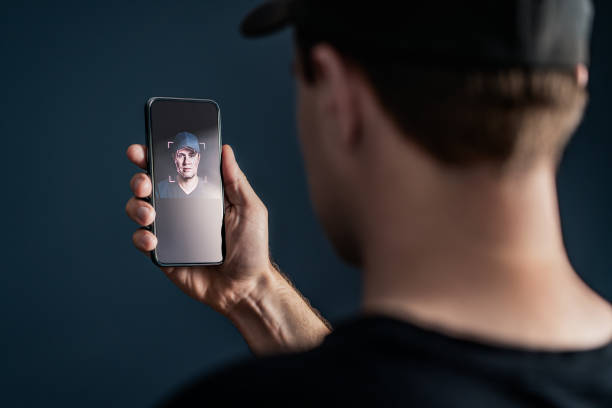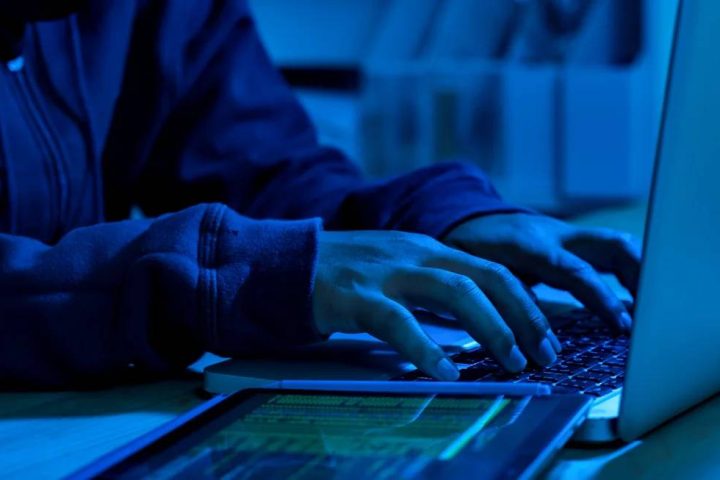In the ever-shifting landscape of technology, deepfake blurs the lines between reality and fabrication, challenging our perceptions and prompting profound ethical considerations
Life is an unpredictable journey, where sorrowful events may unexpectedly pave the way for auspicious outcomes, while seemingly joyful news can spiral into calamity. This unpredictability urges us to approach daily details with measured detachment, steering clear of despair in the face of setbacks and tempering elation at minor victories. Yet, navigating this emotional terrain proves challenging, as human nature inclines towards fleeting sentiments.
In this column, we’ve delved extensively into the contentious realm of artificial intelligence (AI), a domain fraught with both promise and peril. Unchecked AI development poses economic and existential threats, a reality we’ve underscored repeatedly. However, amidst these concerns, AI unveils a plethora of opportunities, particularly in medicine. Despite its nascent stage, AI displays potential for surpassing human accuracy, particularly in diagnostic realms and mitigating errors in imaging processes.
While the specter of AI falling into malevolent hands looms large, life often surprises us, transforming malevolence into benevolent tools in the right hands. This brings us to the much-discussed phenomenon of deepfake.
Deepfake, the 21st century’s counterpart to photoshopping, harnesses deep learning within AI to fabricate remarkably realistic video and audio content. Although frequently associated with salacious pursuits like inserting celebrities into adult content, deepfake’s impact extends beyond titillation. It has emerged as a weapon in destructive acts against adolescent girls and a tool for political manipulation and fraud.
Yet, amidst this dystopian narrative, glimmers of hope emerge. Over 100,000 individuals remain missing in Mexico amidst cartel violence, prompting families to turn to deepfake technology. Hector Fernandez’s family, unable to elicit governmental support, employed deepfake to amplify their plea for justice, humanizing the plight of the missing. Similarly, families affected by tragedies, such as school shootings, utilize deepfake to advocate for societal change, transcending personal grief for a noble cause.
Moreover, deepfake transcends its nefarious applications, offering innovative solutions for diverse challenges. It aids those with aphantasia in visualization and facilitates therapeutic role-playing scenarios, such as the “break-up simulator.” Beyond these pragmatic applications, deepfake breathes life into historical figures like John F. Kennedy, enabling a nuanced understanding of the past. It also invigorates cultural experiences, as seen in the interactive exhibit featuring a deepfake Salvador Dali at the Dali Museum in Florida.
In essence, deepfake embodies the paradoxical nature of life, offering both peril and promise in its wake. Yet, amidst the labyrinth of uncertainties, humanity finds resilience and creativity, forging paths toward a future that defies linear expectations.


